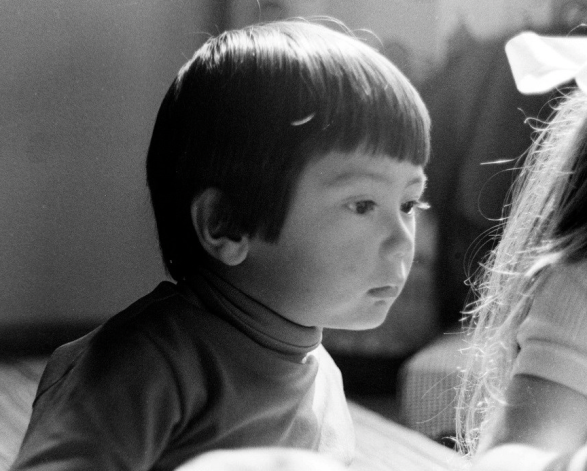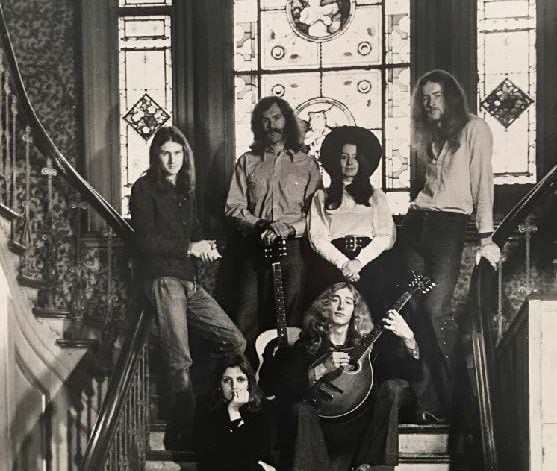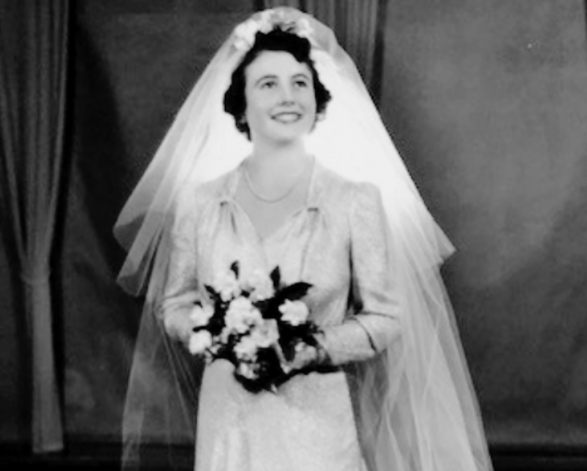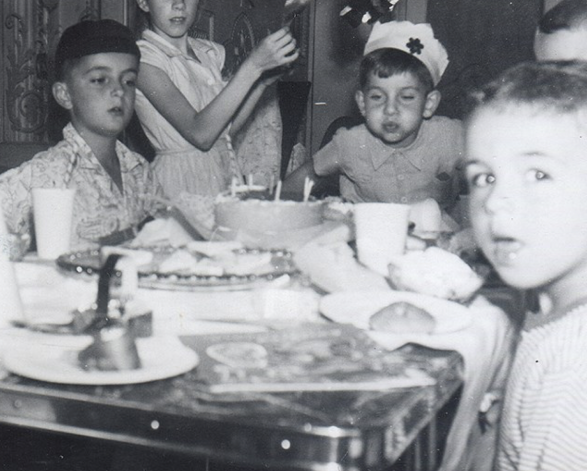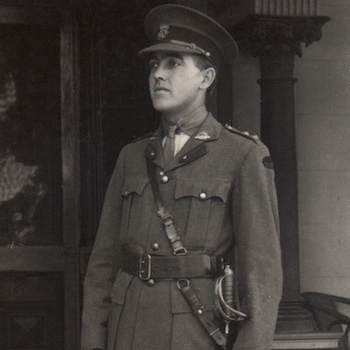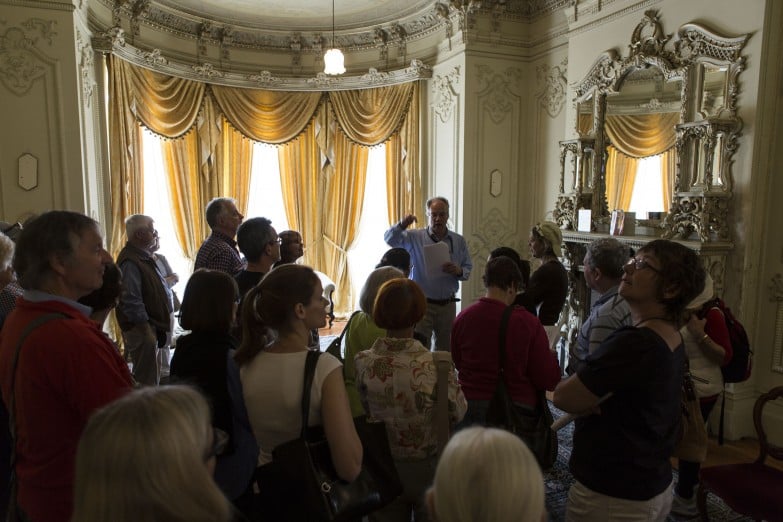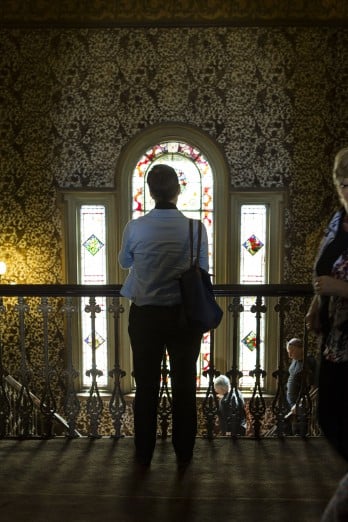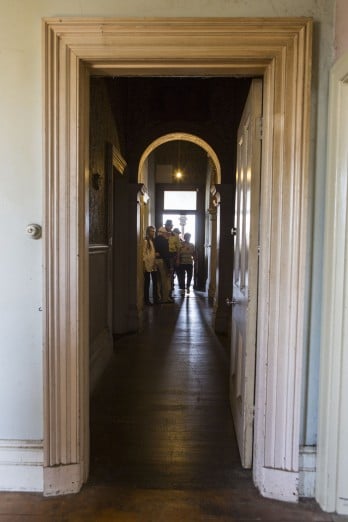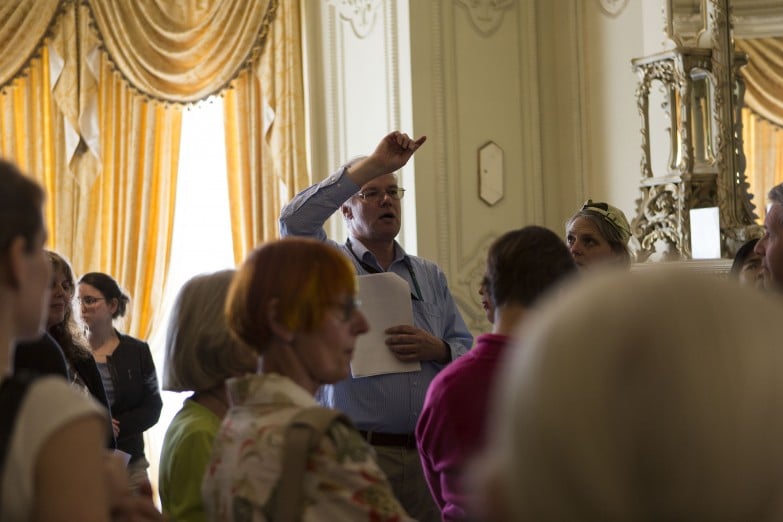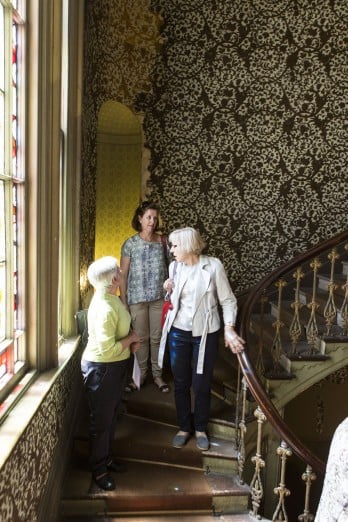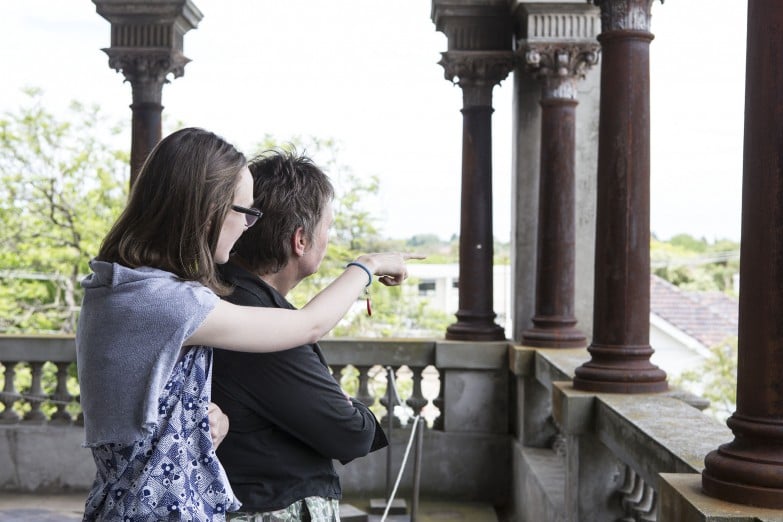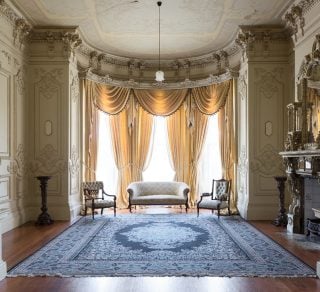A reunion of more than 135 former residents, owners and their descendants in 2013 has led to an ongoing research project into Labassa’s remarkable social history during the mid 20th Century.
Labassa’s illustrious social history is familiar to many. From 1862-1920 it was the residence of a succession of enterprising and prosperous families. Following those boom years it was divided into apartments and became home to successive waves of residents of more modest means but not necessarily modest ambitions.
Among Labassa’s new wave of aspirants was Louise Lovely – Australia’s first silent film actress to find acclaim in Hollywood. In the 1930s and 1940s the mansion was the setting for innumerable extravagant parties and more demure meetings such as the Emilie Robins Auxiliary for the Queen Victoria Hospital. During the Second World War Labassa hosted fundraisers in aid of the Red Cross Comfort Fund. With the post-war immigration boom, Labassa became a significant residence for some of the European families who were displaced from their homelands.
Labassa Lives Journals
Follow the different stories and the latest research through the Labassa Lives journals written and compiled by historian Vicki Shuttleworth.
The journals are an ongoing story for you to read, presented below to download and enjoy.
Labassa: House of Dreams Book
Author and historian Vicki Shuttleworth, takes readers on a journey through Labassa’s many metamorphoses and a cavalcade of intriguing residents including millionaires, fraudsters, movie stars, refugees, artists and bohemians. The mansion’s eleventh-hour rescue by the National Trust of Australia (Victoria) is also told for the first time.
This is the story of a remarkable survival. Labassa has endured nine owners, a conversion into flats, sixty years of sporadic maintenance and more than 700 residents. That it survives with most of its 1890 decoration intact is largely due to those for whom Labassa was their ‘house of dreams’.
Purchase the lavishly designed book includes a foreword by Barry Owen Jones AC, endnotes, index and over 100 photos, many specially commissioned for the book.
PURCHASE THE BOOK
Contact us with your story
Do you have a special connection to Labassa or stories about its social history?
Please email Vicki Shuttleworth on vickijshuttleworth@yahoo.com.au

